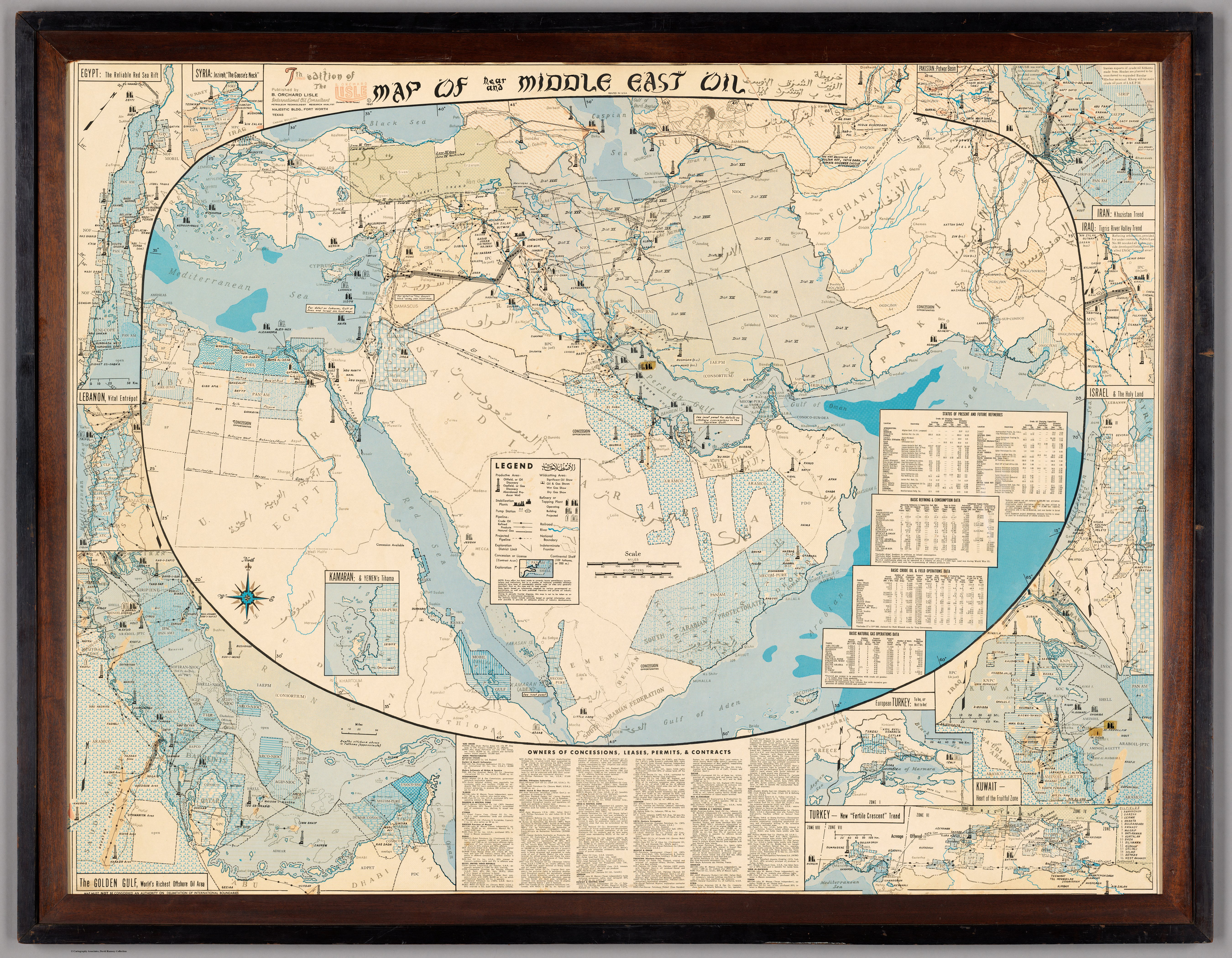
By Sanskriti Global Exports by Himanshu Gupta
From Gut-Feel to Granular Data: The New Playbook for Indian Tech Trade
For generations, the Indian import-export community has thrived on a potent combination of sharp intuition, strong relationships, and tireless negotiation. A trader’s ‘feel’ for the market was their most valuable asset. But in today's hyper-connected, volatile global economy, particularly within the fast-paced Information and Communications Technology (ICT) sector, relying on intuition alone is like navigating a superhighway blindfolded. The rules have changed. The new currency of trade is not just the dollar or the rupee; it's data.
A recent browse of the corporate homepage of a leading market intelligence firm like IDC reveals a simple but profound value proposition: billions of ICT data points, global and local analysis, and trusted analytics to fuel better business decisions. This isn't just marketing jargon; it's a window into the modern arsenal required to compete and win. For the Indian importer sourcing the latest microchips or the exporter selling SaaS solutions, this access to structured, predictive intelligence is no longer a luxury—it is the very foundation of a resilient and profitable international business.
Beyond the Bill of Lading: Understanding the Market Intelligence Advantage
So, what does this “trusted tech intelligence” truly entail? It's far more than a simple list of prices or potential buyers. Professional market intelligence providers offer a multi-layered view of the global technology landscape, providing strategic foresight that can fundamentally alter a company's trajectory. This typically includes:
- Market Sizing and Forecasting: Understanding the current and projected size of a specific market, such as the wearable technology market in Western Europe or the demand for cloud infrastructure in Southeast Asia. This allows businesses to allocate resources effectively and target high-growth opportunities.
- Competitive Intelligence: Gaining a deep understanding of key players in a target market. Who are the market leaders? What are their pricing strategies, distribution channels, and product roadmaps? This knowledge is critical for positioning your own offerings effectively.
- Technology Trend Analysis: Identifying emergent technologies and shifts in consumer or enterprise behaviour. For an Indian firm, knowing that a specific country is rapidly adopting 5G-enabled IoT devices can open up entirely new export categories for sensors, hardware, and related software.
- Regional and Local Nuances: Global data is useful, but localized analysis is what creates a competitive edge. This means understanding the specific regulatory environment in Brazil, the dominant mobile payment platforms in Kenya, or the data sovereignty laws in the European Union.
In essence, this data transforms business decisions from reactive guesses into proactive, evidence-based strategies. It allows an enterprise to see around the corner, anticipate market shifts, and mitigate risks before they cripple a supply chain or a product launch.
Implications for the Indian Import-Export Professional
For India, a nation with ambitions of becoming a global manufacturing and technology hub, harnessing this data is paramount. Here’s how this new paradigm directly impacts the Indian trade community:
- Strategic Sourcing and Supply Chain Diversification: The pandemic and subsequent geopolitical shifts exposed the fragility of concentrated supply chains. For an Indian electronics assembler importing components, market intelligence can identify and vet alternative suppliers in emerging hubs like Vietnam, Mexico, or Eastern Europe. It provides data on their production capacity, quality benchmarks, and the political stability of the region, allowing for the creation of a truly resilient, de-risked supply chain. It’s the difference between panic-sourcing during a crisis and having a pre-vetted Plan B, C, and D.
- Pinpointing High-Potential Export Markets: India’s prowess in IT services is world-renowned, but our hardware and electronics manufacturing capabilities are rapidly growing, thanks to initiatives like the Production-Linked Incentive (PLI) scheme. An Indian smartphone manufacturer can use market data to bypass saturated Western markets and instead identify untapped demand in specific African or Latin American countries. Data can reveal per-capita income, existing mobile penetration, competitor market share, and desired price points, creating a precise roadmap for market entry.
- Empowering Price Negotiation and Product Positioning: Whether importing or exporting, knowledge is leverage. An importer armed with data on global semiconductor price trends has a much stronger negotiating position with their suppliers. Similarly, an Indian SaaS exporter who understands the competitive landscape in a target country can price their product not just to be cheaper, but to offer superior value against specific competitor weaknesses highlighted by market analysis.
- Navigating the Maze of Global Regulations and Compliance: The technology sector is a minefield of regulations, from GDPR in Europe to e-waste disposal rules and varying product certification standards. High-quality market intelligence reports often include detailed analysis of these regulatory landscapes. This foresight helps Indian exporters design products and processes that are compliant from day one, avoiding costly fines, shipment rejections, and reputational damage.
- Informing 'Make in India' Investment Decisions: For larger enterprises, data on global demand and supply chain vulnerabilities can directly inform capital investment decisions within India. If analysis shows a persistent global shortage of a specific type of controller or display panel, and India has the right policy incentives, it builds a powerful business case for establishing a domestic manufacturing unit, turning a global problem into a national opportunity.
Conclusion: The Era of the Data-Empowered Trader
The profile of the successful Indian trader is evolving. While the traditional virtues of relationship-building and sharp negotiation remain important, they must now be augmented by a robust capacity for data analysis. The global ICT market will not wait for us to catch up; it rewards speed, precision, and foresight.
By embracing market intelligence from world-class sources, Indian import-export professionals can transform their operations. They can move from being passive participants in global value chains to becoming proactive architects of them. This data-driven approach is the key to mitigating risk, maximizing profitability, and truly cementing India's position as an indispensable leader in the international technology trade.
Source: Original